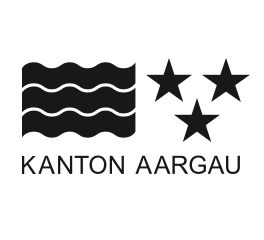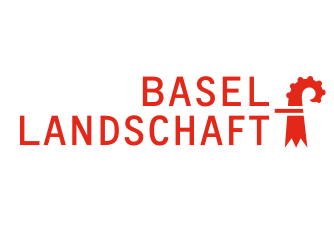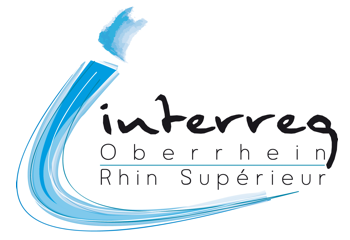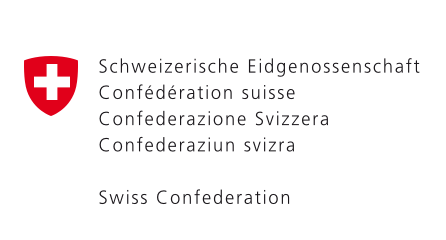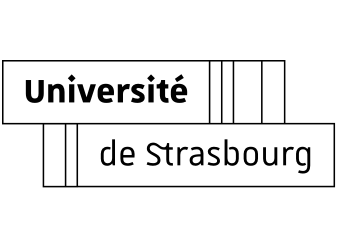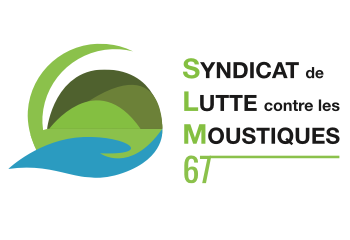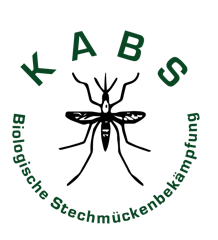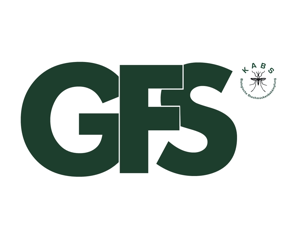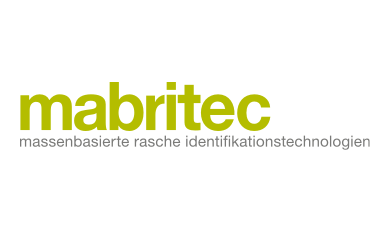1. Surveillance of invasive mosquitoes
In the course of TIGER the distribution and activity of invasive mosquito a synchronised entomological monitoring network investigates species. Above all, high-risk locations are taken into account. The data obtained in this way serve as a basis for risk assessment and are made available to authorities in map format.
In addition, the contact form “Report mosquito” is intended to increase the probability of early detection of new sites of invasive mosquitoes. Based on these reported findings or reports of patients carrying a virus transmitted by mosquitoes, specific entomological examinations are carried out by TIGER.
2. Risk assessment
Local risk assessments are carried out based on the data obtained in the trap network and using genetic analyses and mathematical models. Thus, potential spreading zones of invasive mosquitoes in the Upper Rhine region can be determined. This serves as an important assessment of a site-specific establishment. In addition, active and passive distribution channels are investigated. Including ecological and climatic data, maps for risk assessment of the branch of the Asian tiger mosquito are produced.
These data are made available to representatives of public authorities and external scientific experts. In the course of this, corresponding information letters and newsletters will be published.
3. Identification of vectors
In order to support the administrative staff in authorities when confronted with invasive mosquitoes, TIGER creates corresponding illustrated identification keys. In this way, local administrations can carry out the first simple integration of the insect. A second, thematically more complex identification key is to be developed, which also takes into account the different stages of development of a mosquito.
In addition, TIGER produces information sheets on the occurrence of local mosquito species, which are made available online and are intended to serve as a reliable source for both the public and the authorities.
4. Training
Administrative personnel of authorities are trained in the handling of the identification keys developed by TIGER. In this way, the local communities should be able to provide lasting answers to citizens’ questions, which may arise.
In addition, further training courses are offered, ranging from general problems with regard to transmitted diseases to raising awareness of typical breeding sites and risk locations.
5. Communication and prevention
In addition to explicit training for authorities and communities, further communication measures are intended to raise awareness among the entire population of the Upper Rhine region to the occurrence of invasive mosquito species, such as the Asian tiger mosquito. TIGER tries to reach a correspondingly wide audience by appearing at larger topic-specific events. In addition, information on the prevention of common breeding sites and other interesting aspects of the subject are published through touring exhibitions or other media such as flyers or videos.

